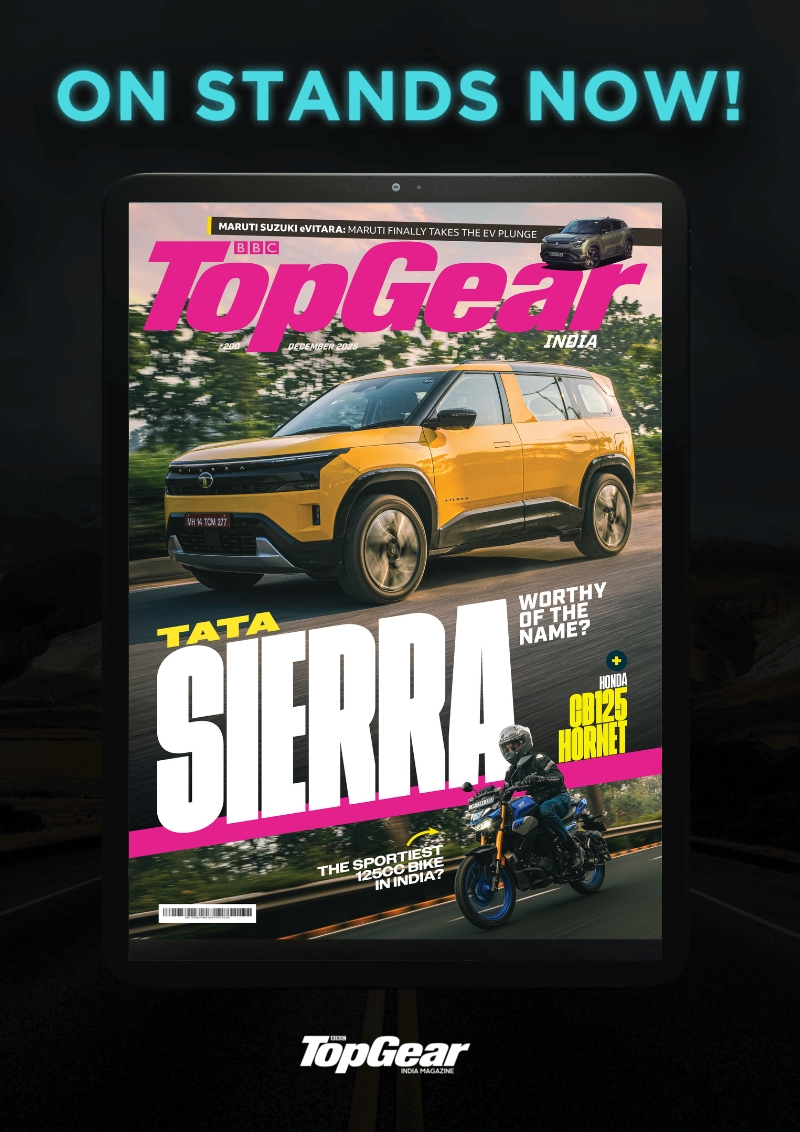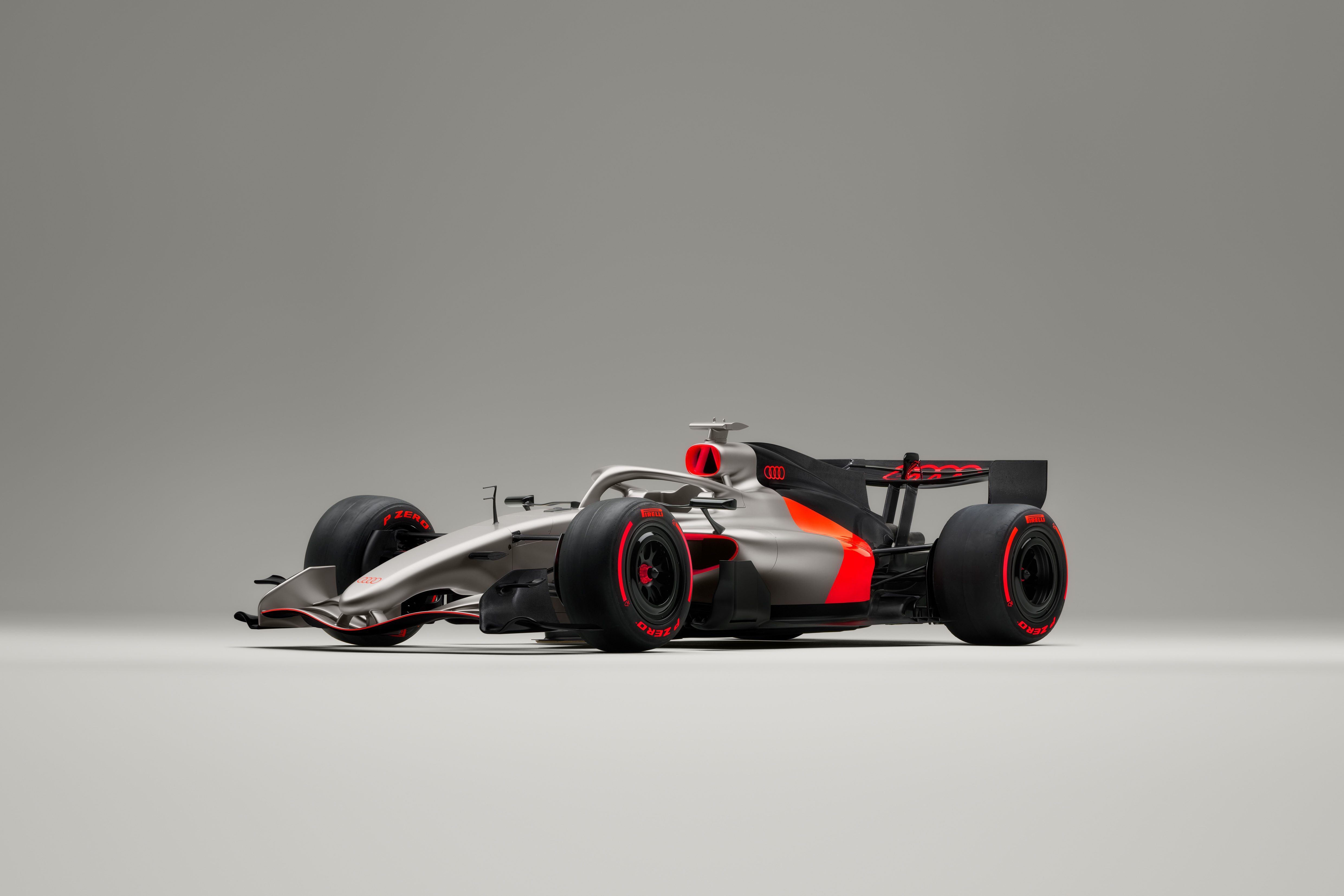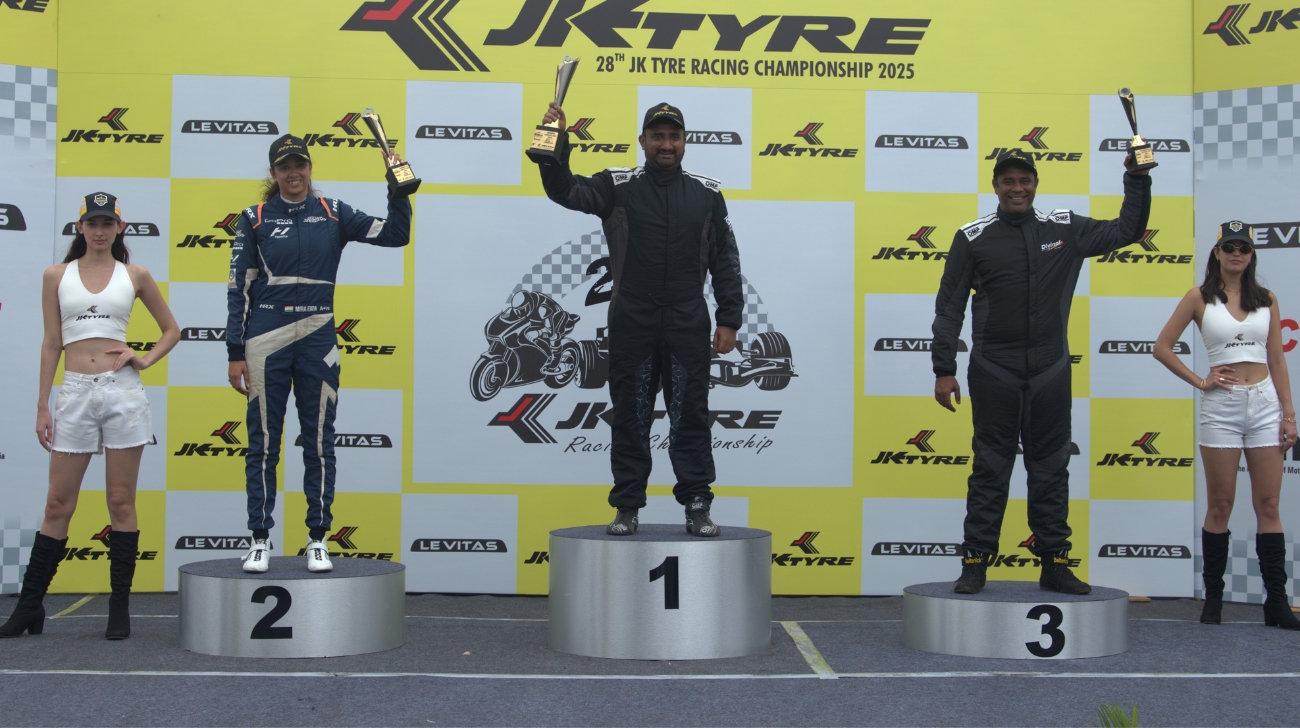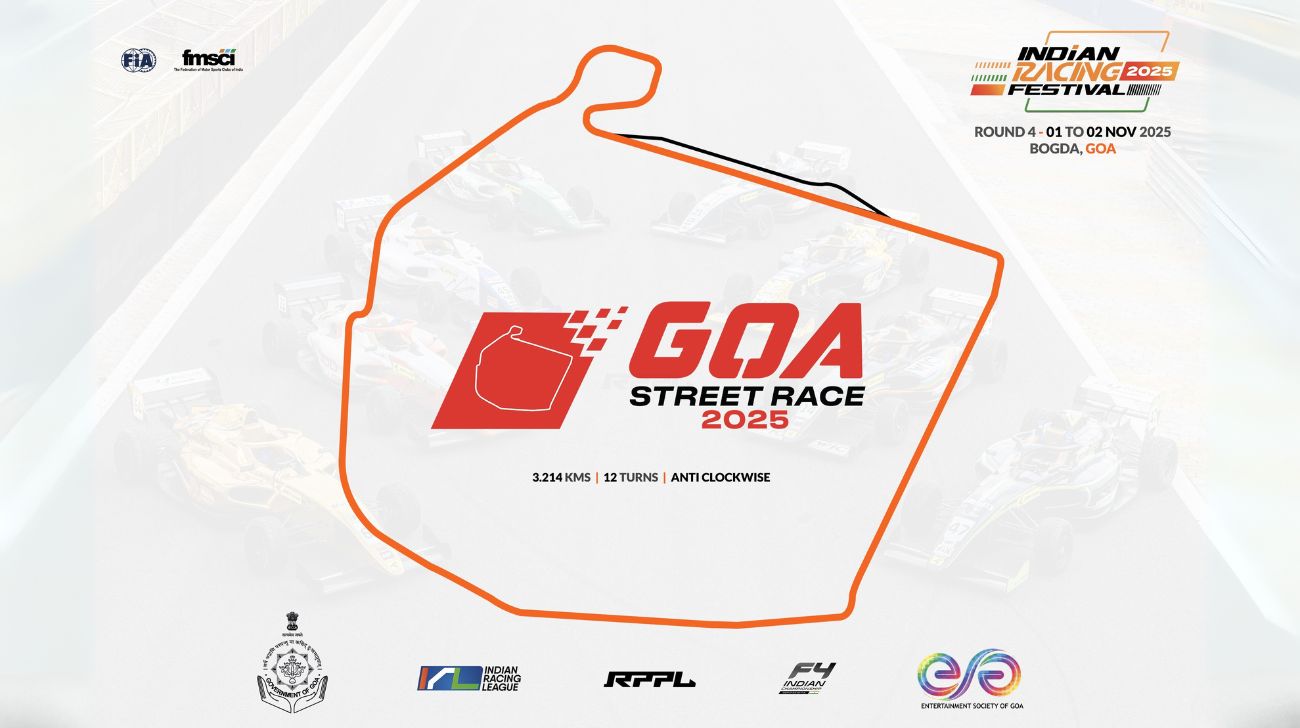Former F1 Legend Mika Häkkinen and former Indian F1 driver Karun Chandok shared the stage for the launch of the Madras International Karting Arena (MIKA). This is a professional Karting Track that follows Commission Internationale de Karting (CIK or CIK-FIA) standards. On the occasion of the event, we witnessed an insightful conversation between the two former drivers about the MIKA circuit, Formula 1 and Karting. It started with Karun's brother Suhail Chandok asking him some questions and then lead to the interaction of Karun and Mika. Here's what they had to say:
Suhail Chandhok: Growing up here was pretty much home, second home. More so for you than for many others, but just take us back to where it was and now what it means to have a karting circuit here for the youngsters.
Karun Chandok: I mean, when you were four, I was only eight. I'm not that much older than you. But no, listen, my earliest memories are coming here with our Granddad and Gopal uncle; it was still dirt going around the track. I think you were probably only one when that when it was 88 yeah so you were only one but coming around and watching the construction of this place and then 1989, I remember being in Shalavaram for the last race and so many familiar faces who were there at that time, and then coming here in 1990 seeing Kamles Uncle and Akku and all these guys racing in the formula Marutis and then the f3s and all that stuff and then of course Narain in 1993. 93 was the first race in a Maruti then so fantastic memories. I think most of my childhood was spent on the weekends here and weekdays quite often. I think for me that's why you guys got to see Ben and the team who have driven here. For me, this was a very special project. With them, we've worked on a number of projects on, I think, on four different continents. Now, we're building race tracks all over the world, but this was something very special because I think the team in the 1980s created an amazing Legacy by building the first permanent racetrack here, moving from the airfields. Obviously, now we have Delhi, we have Coimbatore, and we have other tracks coming, but to create a global standard Kart track here, I think, is so important for us as a legacy project for the current MMSC team, so it's super important and nice to have made it all here and to see so many familiar faces here.
SC: Just one word on that process because I think a lot of people may not understand how hard that is. Designing a circuit, bringing it to life. Just take us through that process. How long has it taken from when it was on a little A4 sheet, perhaps, to what it is today?
KC: I think most of you know my father, and his attitude is all. Don't worry, you'll be fine. We just drew it out here, and there was a. I could see Manoj uncle laughing in the corner because he knows. He's dealt with him for 30 years. But I think this was a very important project for us to do in the way of thinking of the long term. I think that was to be future-proof in terms of building it really from the ground up, analysing the soil, and getting the foundations done absolutely right. We spent a lot of time just obviously studying the land, studying the Topography of the land and creating a layout that ticked a lot of boxes. We wanted it to be fun to drive; that's the most important thing: good for racing, good for overtaking, challenging for the drivers. Logistically, it's got to be friendly, and that's why we tried. We actually turn the track around. The main street was on the other side. We turned it around logistically and operationally so we could use the main pit Lane and the main paddock. It started off in some ways with just a piece of paper sitting in Ben's office. We did a bunch of drawings, and eventually, we built a 3D simulator model. I spent a number of days on the simulator driving the track, testing it, tweaking it, changing it, and the team did a fantastic job there. But that was only the first step. The last one year the team here on the ground with Nikhit and Philip and the contractors have done a super job. I know some of you have already seen the track, some of you who haven't I think you'll be very impressed with what you see. Narain and I have had a chance already. We snuck in early and came to have a little play. He can tell you, but I've been very pleased with how it turned out, and hopefully, all of you will be, too.
SC: Just from the sim to what you've seen today. I saw your smile when you got out of the car for the first time. Happy?
KC: Yeah, I think relief was the first word that Ajit Thomas used. It turned out well. I think we all know. Things like bumps on the surface and issues with drainage and things like that. They can be real problems for race tracks and to come out and experience it firsthand. Having seen the first 2D sketches on a piece of paper, to the CAT drawings to the final layout. We've created banking, we've created some camber changes, we've created the curbs. All the estimates are done absolutely to the global standards. So, the homologation process will come through officially in the next couple of months. There are still a few things that we need to finish up. But this was a good day to grab MIKA on the way to the Singapore Grand Prix and get in here. So yeah, I'm fairly sure that we'll get everything done and dusted soon.
SC: Just all MIKA; since you mentioned him as well, we've got yourself and Narain here—two great ambassadors of the sport for India, but all MIKA. I don't mean to make you feel old, but we grew up watching you, Michael, Damon, and so many other Karuns, icons of Alain Prost and everyone else. Just the thought of having Mika here for this launch Karun. A namesake for the circuit. How special is it to have an absolute ambassador and a champion of the sport?
KC: I think it started off as a little bit of a joke where I got a phone call from Atith uncle saying, "Do you think we can get Mika to come and open MIKA?" and I went, haha and then we got in touch with Mika and I saw him in Monza and we had a chat. He's very kind to take. You guys don't know this, Mika is, he's been out of driving for a little while now but he's still working pretty. He was in Amsterdam yesterday at an event he's in Singapore the weekend, and he squeezed us in before. So we're very fortunate that we managed to get him here.
SC: Well, we're going to get to understand MIKA a little bit better, Karun. It's over to you, please. Mika, please come on up on stage.
KC: I think Mika, it's great to have you here. I thought it would be wonderful if you asked me who we got in this room. It's a mix of the members of our club; we got the media and obviously the counting kids and their parents. So I think it'll be a lost opportunity if we don't get to share some of yours or get some of your thoughts. So, first of all, how excited are you to be here? Are you excited to be here?
Mika Häkkinen: I'm super excited. I'm always happy to come back to India, first of all, and very excited. It is incredible what you guys have done. Of course, when I saw MIKA over there and said oh, that's fantastic. What goes behind there with everything and everybody's effort to make this happen and it's just amazing. What you have done here. What you have organised. It is just very professional and that's very impressive. But in general, I'm happy to be in India and happy to know you guys. It is such a pleasure to come back here.
KC: Mika, you were just asking us about where we start because you were a bit surprised to hear that Narian and I never did a go-kart race or a championship in our lives. We were actually showing him a picture of a Formula Maruti car. How important is karting going to be? How important is it on this journey? I know your daughter's counting nowadays. How important is it for young drivers?
MH: Well, I did the karting for 10 years, so that's a really long time. And when I go back in time and I'm thinking about it, how important was it? It was important. Did I learn to drive the Racing Car? Yes, I did. Did I learn to handle the balance of the car in different conditions? Yes, I did. But one of the most important factors was to learn to lose. To learn to lose was an important factor because when you lose or something goes wrong with your car that way you don't take a crash helmet off and throw it on the floor and say you know this is a catastrophe. I don't like this and that. To learn to control your emotions, learn to communicate well. Of course, we need to go go-karting. When you're at a very young age, you are working with your dad, so you are learning to communicate in the right way. So it is a factor when you are a very young kid. So those things are the important factors when you're doing go-karting. But when you do step out of the go-kart, it's a different world. You are going in different categories, and every car is different. It's a different world, and the more you continue your career. It comes to aerodynamics becoming an important factor. Again, the whole car and the whole concept of driving are changing, so what I'm trying to say here is that go-karting is a psychological journey to build up your strength, and that is an important factor. So you were very strong. If you guys were able to go that far all the way to Formula 1, the pressure is huge. From the fans, from the family, a lot of money involved, all the travelling, the media and, of course, pressure from the team. That way, you had to keep your foot down. All those are big challenges, and when I'm looking now at this great MIKA race track here, I think it's important that way for the kids. The boys and girls have a great opportunity to practise go-karting and have fun and learn some techniques of driving. But I've been part of a company called Hintsa Performance. And I think you know of Hintsa Performance?
KC: Sure, Hintsa is a very famous figure in the paddock. Sadly, no longer with us but he was a performance coach and built his company with focus on mental training as much as physical.
MH: That is correct, I was actually in because when I started my Formula 1 career, I started 91. So it took me 7 years before I won my first Grand Prix, so I think it was 6 years. Waking up every morning, looking in the mirror, I said, "Mika, you're fantastic, I tell you". And then after 6 years you look in the mirror in the morning and I wonder, I have not won any Grand Prix. Something is wrong, you know, and that was the day when I did call Hintsa. Hintsa Performance company which is taking care of about 80% of the Grand Prix divers today. So I called him in 1986, and I called him, and he came to see me. He didn't know nothing about auto racing at that time. So he came to see me, and I explained to him that well I had a problem because I was not winning any Grand Prix, and of course, he was a trauma surgeon. So he looked at me and said, "yeah, so what can I do?" You know I'm a trauma surgeon. So I did explain to him that way. Look, I travel constantly, globally and around the world. I'm not sure how my mother is. How is my father? How's my sister? How's my girlfriend? So please, can you start taking care of us, I mean 24/7? He said, "Okay, that's what you need. Of course, I'm going to help you". And he said how long do you want to work with me? I said the rest of my life. So he understood how serious I was. So then we started working together, and not so long after that, I won my first Grand Prix. We started working together; I became a world champion for the first time and then a second time. Then Hintsa created the company called Hintsa Performance in Formula 1, and I became part of the company, and again, 80% of the drivers are using Hintsa Performance. Sebastian Vettel was using Hintsa Performance, Lous Hamilton. So it is a very powerful company. So what I'm telling here, what my message here is that when there are young racing drivers here and the parents, people who are deciding, who's running who is running a Madra Club. I feel that way; yes, the kids can have fun driving, racing, learning techniques, overtaking, and learning to drive at the maximum lap time. But everything is up here. Everything is up here when you want to reach the points when you need to handle the pressure. Understand the losing, understand the winning, so, then comes the point where I would personally recommend Hintsa Performance Program to make a part of the go-kart track Journey. That way, there is an educational program every day coming to your kids' mobile phone about something which can make you a little bit better racing driver.
KC: It sounds like you're volunteering to come back and teach these kids. I just mentioned your daughter's karting, and we have a lot of parents here whose kids are karting. I think one of the big things is how you guide them because they ultimately play such a big role in the kids' journeys and karting. What sort of a karting dad are you? What sort of a racing parent are you? Are you sitting in the pits? I saw a couple of the moms sitting there doing the classic race and driver parents back at the pits on their phones, just waiting for something to happen. What are you like? Are you standing by the trackside, or what sort of a parent are you?
MH: It's not easy. It's very tough. I think the best thing is just to be a good father and a good parent. I think that's where everything starts. I don't think you need to be something special to be a father or mother when your child is doing go-karting. I'm scared, like, no tomorrow when I see my daughter and my son going to the race track and racing. I can't even watch; I walk away. Do I advise my kids about racing? I advise them a little bit about discipline, I try to tell my story sometimes, but they walk away. So they don't listen to me at all. So it's very difficult. I think the only thing you can do is to find the best possible way to do a lot of training and to have a good team if you want them to race. Have good coaches but again, I'm personally focusing a lot on Hintsa Performance because they have data already from 97. From my time when I was racing. So they have such important instructions for the young kids to develop and become professional racing drivers. Either they are going to make it or not, but at least they get the incredible life journey. When they step out of the racing car, they are not going to be professional; they have an incredible experience of their life.
KC: I think before we move to the kart circuit and give everyone a chance. For you to come and drive it as well. I think it'll be nice for everyone here to hear a little bit about your time in F1 because before. You may not know F1 was first broadcast in India, live in 1993. I actually remember it was the Spanish Grand PR in '93. And that was the start of your era when you started coming to the front. I remember there was a Schumacher camp or a Häkkinen camp around most of the F1 fans in the country from that era. What was it like for you to be competing against Michael? To be fighting the intensity of that amazing Ferrari versus McLaren Era?
MH: I did have an incredible experience of different things. Being a teammate, first of all, different racing drivers. I was a teammate for Ayrton Senna for a while. I was a teammate for a little while for Alain Prost, Nigel Mansel, Martin Brundel, David Coulthard, Johnny Herbert, and Mark Blundell. So the list is very long, so I had the experience of watching how the world champions work. Are they first at the racetrack in the morning, or are they coming a little bit later on? Are they the last who leave the racetrack because they want to work very hard with the engineers finding the solutions. So there are different characters, how they were working and the way of communicating with the team. I was a young kid, I was a newcomer, so I had my ideas, but I was still learning a lot. So racing as to Michael, for example, Michael Schumacher, he was a very challenging competitor. We had some great races, but I have to admit he was sometimes a little bit of a Naughty Boy. He was quite aggressive sometimes on the race track. So it was a beautiful time because there were many different drivers, of course, and following each driver on a racetrack, you can always learn something. If you're driving alone, it's difficult to learn. Following other drivers, you can learn a lot. What do they do? How do they enter the car at the corner? How do they break? When they accelerate, are they using curbs in the corners? So, on the race track, when you drive, you can learn a lot, and you can also learn outside of the track. I think Michael was a very good leader for the team. He was a very hardworking racing driver who was doing a lot of testing and a lot of work with the team. Every time on the racetrack, he would have testing; that time, we used to do a lot of testing. You have maybe one, two, three big trucks where you have the bodywork of the Formula 1 car. One truck, you have engines, and then you have chassis. Then there was one extra truck, which was for Michael, and that extra truck was only a gymnasium built inside. So, every time when there's a mechanical failure in a car or they have to change something. He went in that truck and he started training and doing physical condition.
KC: Can I interrupt you there and ask you, how did that make you feel as a competitor psychologically? He has come out of the car, and you can see him because Michael had big glass windows, and he wanted everyone to see that he was training at the end of a test day. For you, as a competitor.
MH: I was sleeping. I needed to rest. It didn't affect me psychologically because inside, I was very confident. I didn't have a problem with that. I know you will be training hard when I go back to Monaco, so I have my program. I do that, but sometimes, yes. When there was an engine problem with the car, it took maybe 2 and a half to 3 hours to change the engine. So in that time, you can talk to engineers, and you can find the solutions, but that can also be exhausting for your mind and disturbing for the engineers because they have to focus on their work. So I did say to the team owner, Team boss Ron Dennis, at that time, I also want a gymnasium, I also want a truck, I also want a big theatre. But it never did happen.
KC: Now listen, finally, I think you touched on it there; you made your debut at McLaren as a teammate to the great Ayrton Senna. You only did 3 races together. Now you've told me the story of your first qualifying together. By the way, Mika out-qualified Senna in their first qualifying as teammates. But what happened afterwards is quite funny. I think it's a nice way to end what we are doing here, and then we move on there. So maybe just share a little bit. You've gone out there, first qualifying with Mclaren. You've out-qualified him. At that time, he was a record holder in F1. You're feeling pretty smug about it, aren't you?
MH: At that point, Ayrton was incredible in the qualifications, extremely quick, and on this race track. The race was in _ (10:12- word not clear). The very first corner in the particular track was a very fast right-hander at that time, and we had six gears at that time in our gearbox. So when you were entering that corner, you just changed down to one gear and you put your foot down straight away. I was absolutely one-thousandth seconds quicker than Ayrton in qualification, so you can imagine it was maybe half a metre or 1 metre when the track is 5 km long. So it's nothing, but I was quicker, so that's enough. So where the difference came from was that I was using left foot braking and Ayrton was using right foot braking. So that is a delay when you lift your foot off the throttle, put on a brake and back to the throttle. So I'm just touching the brake pedal a little bit going down here and foot down again so I gained that extra time. So Ayrton came to ask
and said, "How did you do it?" Of course, I didn't tell him.
KC: He said the word pig!
MH: So he got really upset and said, "How many of the fastest laps have you had? How many pole positions do you have? How many race wins do you have? How many times have you won a World Championship? So don't you ever tell me something like that? I said no, I was just kidding. He didn't talk to me for a couple of weeks after that.
KC: Listen, it's been wonderful to reminisce a little bit over here. I am going to hand back to Sohail for the rest of the thing, but Thank You for your time Mika.
MH: Thank You!

.jpg)
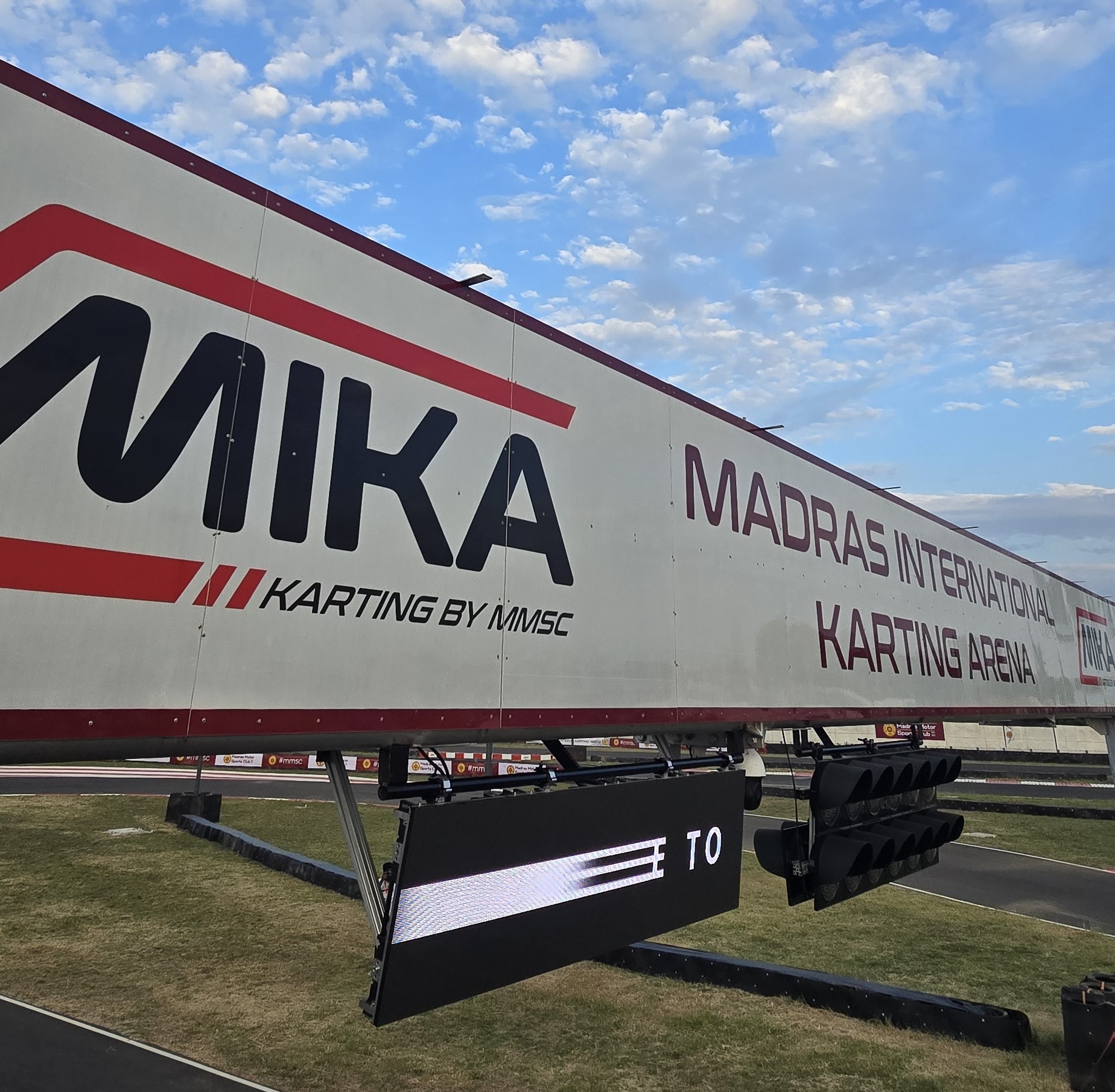
.jpg)
